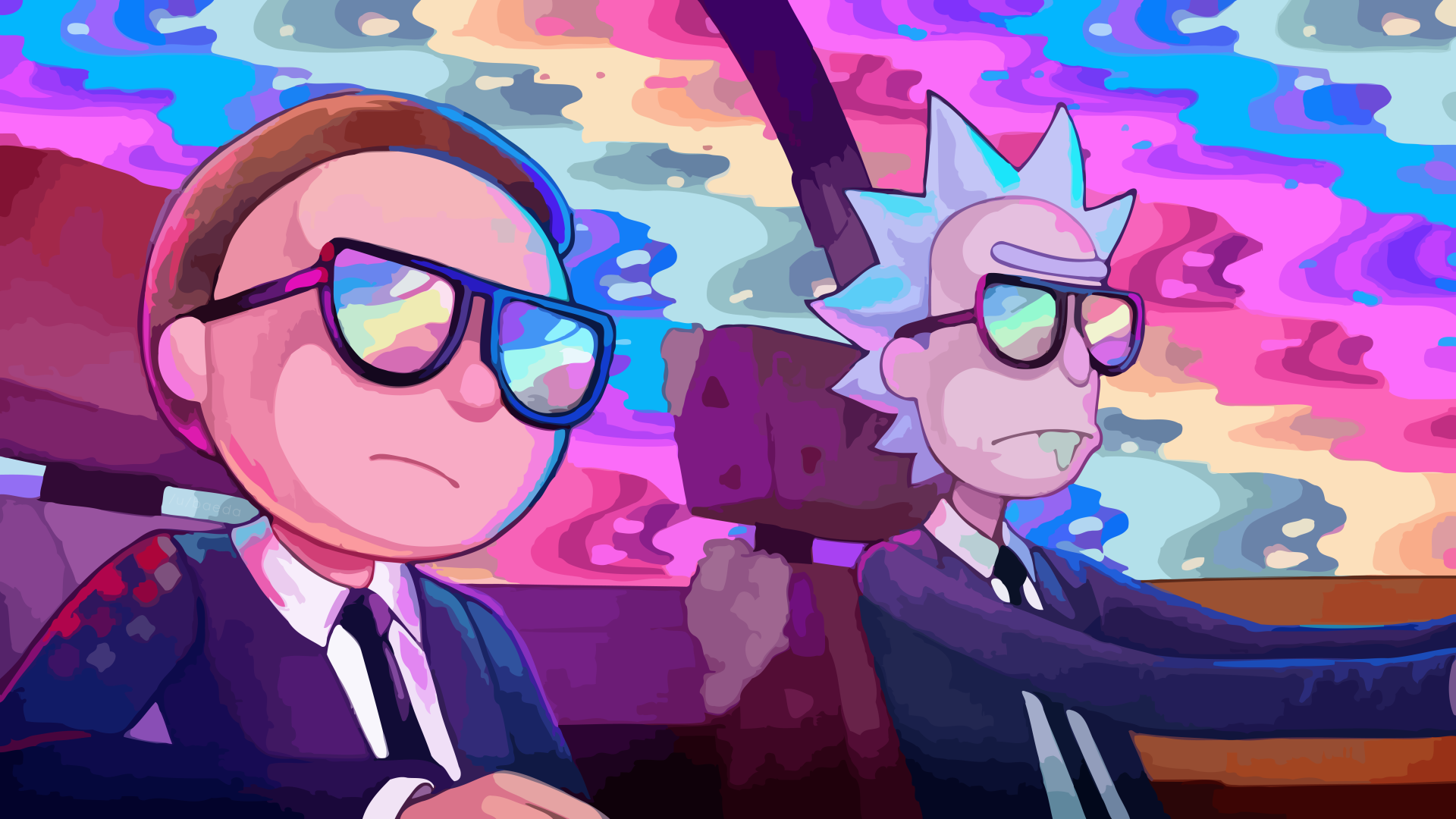

Jan. 10, 2024 | Categories: Tech
Animation is a medium that has historically received little love. Up until the release of The Simpsons, animation was largely regarded as an art form solely for children, with adults only hopping onto the trend after its transformation into a medium for political and social commentary. However, recently animation has enjoyed a massive rise in popularity due to the prevalence of shows and media that fully utilize its satirical potential, such as Rick and Morty. In this respect however, there is a crucial question that remains to be explored: why is animation such an effective medium for communicating satire? And furthermore, does animation have the potential to become the future of satire in modern society?
Keywords: satire, animation, Rick and Morty, society
Say what you will about modern society, but one thing’s for sure: we know how to make fun of things. And make fun of things we do – from blurry lemon photos to cute animal positions, we find ways to laugh at anything and everything under the sun.
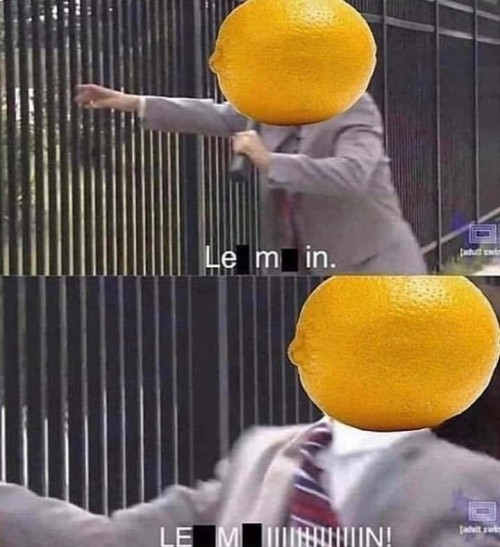
If you look closely, you’ll notice this type of humor present in one form or another in every aspect of our society. In many cases, that sentiment is expressed in the form of satire. Satire is defined as the act of pointing out critiques about someone or something through the medium of humor. In literature, satire acts as a method of social commentary. Writers will use tools such as exaggeration and irony to point out flaws in particular leaders, societal customs, or institutions that they want to question. (LeBoeuf, 2007)
Satire is not a modern invention. In fact, perhaps the earliest examples of satire being used are the Old Comedy genre of plays created by Aristophanes, a Greek playwright who lived during the Peloponnesian War in Athens. Aristophanes used his plays to critique many social issues in his day, notably including the warmongering attitude of the Athenian general Cleon. (Reimann, 2016)
Since the time of Aristophanes, satire has grown into many distinct types, of which the two main ones are Horatian and Juvenalian satire. The key difference is that Horatian satire is focused on insinuating ideas or arguments to the audience, whereas Juvenalian satire 'shouts it out'. (Janssen, 2003)
Horatian satire tends to be lighter and focuses more on offering social commentary in an entertaining way. Modern examples of Horatian satire include pieces by The Onion and The Simpsons. The Simpsons embodies the Horatian style to its peak since it attempts to establish itself as relatable to its audience while simultaneously making fun of American culture in almost every respect.
On the other hand, Juvenalian satire tends to be darker and focuses more on uncovering unsettling truths about society. A classic example of this type of satire is George Orwell’s Animal Farm, which closely allegorizes the political state and the ideology of the Soviet Union. A more modern example of this would be the show South Park, which revels in the realm of exaggeration and 'in-your-face' forms of expression. In this manner, South Park removes any comfortable moral background and focuses solely on mocking aspects of society. (Janssen, 2003)
Clearly, satire has a distinguished historical tradition within society. The recent outbreak of new satirical shows (live-action or animated), articles, comics, and podcasts clearly indicate as such.
But at the same time, society is becoming less receptive to controversiality and criticism, something that satire deals very liberally with. One only needs to look at the growing number of extreme social media platforms and resistance towards appearing ‘outside of the norm’ for evidence. In other words, ‘in the current environment virtually all utterances offend someone’. (Breakey, 2020) So the question becomes, why does satire persist in modern society?
The answer is simple; satire provides critics with the ability to protect themselves from culpability for their criticism.
Being a critic of anything is not an easy feat; you’re bound to offend one side at the very least, both sides very commonly, and if you’re very unlucky, you’ll offend someone completely unrelated. Traditional criticism comes with an inherent assumption of responsibility; you are making your opinion about a subject known, and for the rest of time, that opinion will remain associated with you as a person.
Satire differs from tradition in the sense that it allows the critic to somewhat ‘hide’ behind the veil of a joke. (Hughey and Muradi, 2009) The critic can claim that their opinions were all made in good fun, and in the resulting doubt and uncertainty, the satire remains intact. Satirists depend on the notion that people will often say things just to elicit a reaction from others, and not because they truly believe the things they are saying. However, there is also a parallel notion of a joke taken ‘too far’, and satirists must tread this line very carefully in everything they produce.
There have been instances where satirists may have taken the joke ‘too far’, at least in the eyes of some. For example, in January of 2015, terrorists killed 12 people in the offices of the French satirical newspaper Charlie Hebdo in an attempt to assassinate 4 cartoonists who they believed were responsible for several drawings of the prophet Muhammad, which is forbidden in Islamic culture.
In the aftermath of the attack, there were many protests in favor of free speech for the newspaper and its publications. While many stood in solidarity with the newspaper, there were several dissenting parties who argued that satirists do have to follow certain rules when creating content to avoid going ‘too far’.
This crucial juxtaposition, between free speech and the desire to avoid hatred, plagues satirists in every work they make. However, compared to even recent years such 2015, I believe that the modern day makes treading this line much safer for satirists, hence encouraging the spread of satire in modern society. In my opinion, the main reason for this can be attributed to the rise of the usage of social media platforms in politics and government.
Nowadays, every single action people take, no matter how minute and trivial, can receive criticism and hatred. For example, recently Guardians of the Galaxy and Parks and Recreation actor Chris Pratt made an Instagram post about his wife Katherine Schwarzenegger where he referred to a “healthy daughter”. Some took this phrasing to be offensive towards both his previous wife Anna Faris and his son with her, who has some physical disabilities.
This type of purely confrontational, unfounded criticism would have been unheard of even just a decade ago, and the simple reason for this change is that social media has gotten a lot more popular. Social media has created an environment where people are given avenues to involve themselves in the lives of everyone and anyone at all, as well as one where people are rewarded for controversy, in the form of the like mechanic. The inherent assumptions of the like mechanic (which is prevalent on most popular social media sites) lends itself to supporting people, comments, and ideas that create arguments and division.
As a result, people have become more adept at finding places for argument and controversy wherever they go; it’s the only way they can survive in the rat race of modern life. The result is a vicious cycle; arguments encourage people to find more arguments, creating a system where everyone is accustomed to being offended. And when everyone becomes more accustomed to being offended, satire becomes less offensive overall, allowing it to be accepted much more widely in society.
Of course, one could argue that satire is in fact dying within our society, and many have. (Smith, 2019) The main argument proposed for this viewpoint is that satire itself is the act of using one’s own voice but not speaking in one’s own name. Furthermore, satire as it is understood in this sense is too easy to confuse with disinformation tactics and toxicity in the modern social media age and is thus leading to a decline in the art form itself.
Smith brings up a good point in that rather than singular sources such as The Onion or Stephen Colbert, “It is rather the culture of social media, often coming from obscure or anonymous sources” that is driving modern satire. (Smith, 2019) He uses this idea to argue that disinformation tactics on social media have rendered it impossible to ascertain whether a given piece of media is meant ironically or in a malicious manner.
And he’s right too. Platforms such as Facebook and Twitter face this problem every day. Due to the prevalence of participants, either willing or unwilling, in the community of satire and ‘meme culture’, it is nigh impossible to tell whether something is a joke or not.
But there is a key aspect of the argument missing here; a key link that isn’t fully proven. Smith asserts that all media faces this same problem, this inability to tell joke from malicious intent. Animation, however, doesn’t face this problem, primarily because of the ‘kiddish’ stigma associated with the medium. (Dumont, 2017)
Animation is a medium that people don't tend to take seriously; as such, it is more allowable for animators to fit in commentary on social issues while joking about some other inane topic. Due to this stigma, creators and audiences alike revel in the joke rather than reading further; animation protects itself from being associated with disinformation through this mechanism.
Furthermore, the Internet age has allowed audiences to bypass unidirectional creator-audience relationship of the past, which allows for audiences to rework the meaning of animation independent of its creators; this is the fundamental change which has allowed animated shows to satirize the world so effectively. Essentially, even though audiences of animation do rework and modify the media (which could in other forms of media lead to disinformation tactics), in animation said modification is welcomed and even accepted as art on its own. This type of acceptance fully degrades the effect of any attempted disinformation efforts that could be created with animation, and thus allows animation to focus purely on satire and humor rather than worrying about the potential consequences.
To fully witness the potential of animation in the realm of satire in practice, we can look at one of, if not the most popular animated shows still running today – Rick and Morty. Rick and Morty is a show about the interdimensional adventures and family life of cynical mad scientist Rick, who is known as ‘the smartest man in the multiverse’, and his timid grandson Morty. Rick and Morty satirizes primarily through the technique of incongruity, which is an absurdist method of satire that presents something normal (in this case, family life and the search for meaning) through the something abnormal (aliens, sci-fi, and the multiverse).
The first episode we’ll look at is “Look Who’s Purging Now”. Rick and Morty get stranded on a planet with a civilization that resembles the one in the movie The Purge. For the unfamiliar, The Purge is a movie about a hypothetical ultra-peaceful society that maintains this peace by sanctioning one night a year where all crime is allowed and unpunished. The upper-class elite rule almost dictatorially and exploit the lower classes to live more comfortably themselves. Rick and Morty, with the help of one of the citizens of the planet, end up overthrowing the ruling elite and encouraging the rest of the people to create a new system. This system quickly devolves into chaos, until one of the citizens proposes a system almost identical to the previous purging system. The most obvious satire one can draw from this episode is the criticism of modern society, where the rich exhibit indescribably potent amounts of control over the methods in which we are governed. It also satirizes capitalism, which is the very system that allows the rich to take advantage of the poor. Although a little far-fetched, you could argue that this episode also satirizes attempts to move away from said system, in that it inevitably creates a vacuum of power which leads to the reinstatement of the original systems, like what happens in Animal Farm.
This satire is effective mainly because of the amount of violence it can display without creating discomfort within the audience. The Purge itself would be safely categorized by most as a horror film, but when we see the same violence in the form of animation, we feel less. We see the main characters slaughter the upper elite that rule the fictional society and react almost nonchalantly – whereas a live action retelling of the same story would spark immense controversy. In fact, we’ve already seen this happen – Quentin Tarantino’s Inglorious Basterds received massive backlash over its perceived revision of World World II (in his story, Adolf Hitler is killed by the main characters). This mismatch in reaction is simply because although we relate to animated characters, we relate less to them than we do to actual real-life people. Animation revels in this middle ground between relatability and realism, and it is one of the main reasons for its effectiveness in satire.
The next episode we’ll look at is “Raising Gazorpazorp”. This episode features the titular character Morty's sister, Summer, going on an adventure with Rick to the planet Gazorpazorp. Gazorpazorp is filled with savage, beast-like male members of the Gazorpazorp species, which Rick believes removed females "for efficiency" and then subsequently reverted to a Stone Age like state. However, this is shortly proven false by the appearance of a society of highly advanced female Gazorpazorpians, who use the males solely to create offspring (with robots of their own creation), and then subsequently separate them by gender. The female Gazorpazorpians are raised with high education and living standards while the males are returned to the main planet of Gazorpazorp, where they mature into the most violent species in the galaxy in under a day. This episode is a thinly veiled satire on gender roles within many societies on Earth today, where one gender is favorably treated and educated while the other is intentionally disadvantaged. At the same time, we clearly see this type of behavior present on Earth today, in places such as China and Saudi Arabia. Even within countries such as the U.S., females are disproportionately disadvantaged in their pursuit of modern comforts and life, a fact which this episode satirizes to its peak.
The animation style and small jokes layered into the episode fully ground the situation in absurdity. Furthermore, the way the male and female Gazorpazorpians are drawn fully draw attention to their differences. The male ones are given tusks, beast-like appendages, four eyes, and massive amounts of body hair, fully cementing their status as savages. In contrast, the female Gazorpazorpians are basically indistinguishable from humans, apart from the extra sets of arms they possess. Furthermore, the male Gazorpazorpians revel amidst trash heaps and in basic living quarters. The female Gazorpazorpians live in a literal floating palace and emulate ancient Greek society down to the very clothes they wear. Although these differences are much more exaggerated in the episode than they are in real life, that’s the main point of telling this satire in an animated format; it allows the viewer to realize and draw parallels between extreme versions of things within modern society in a relatively easy manner.
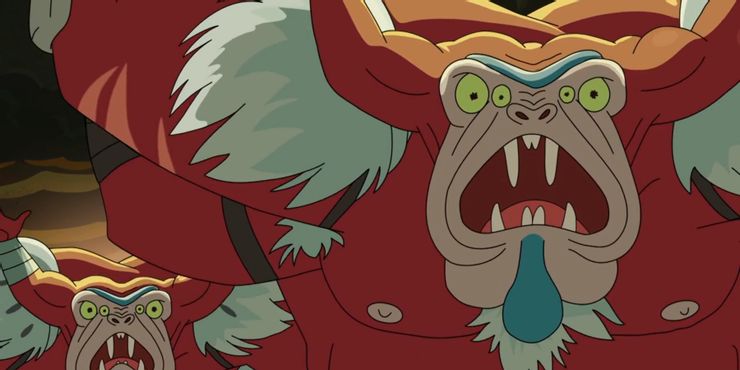
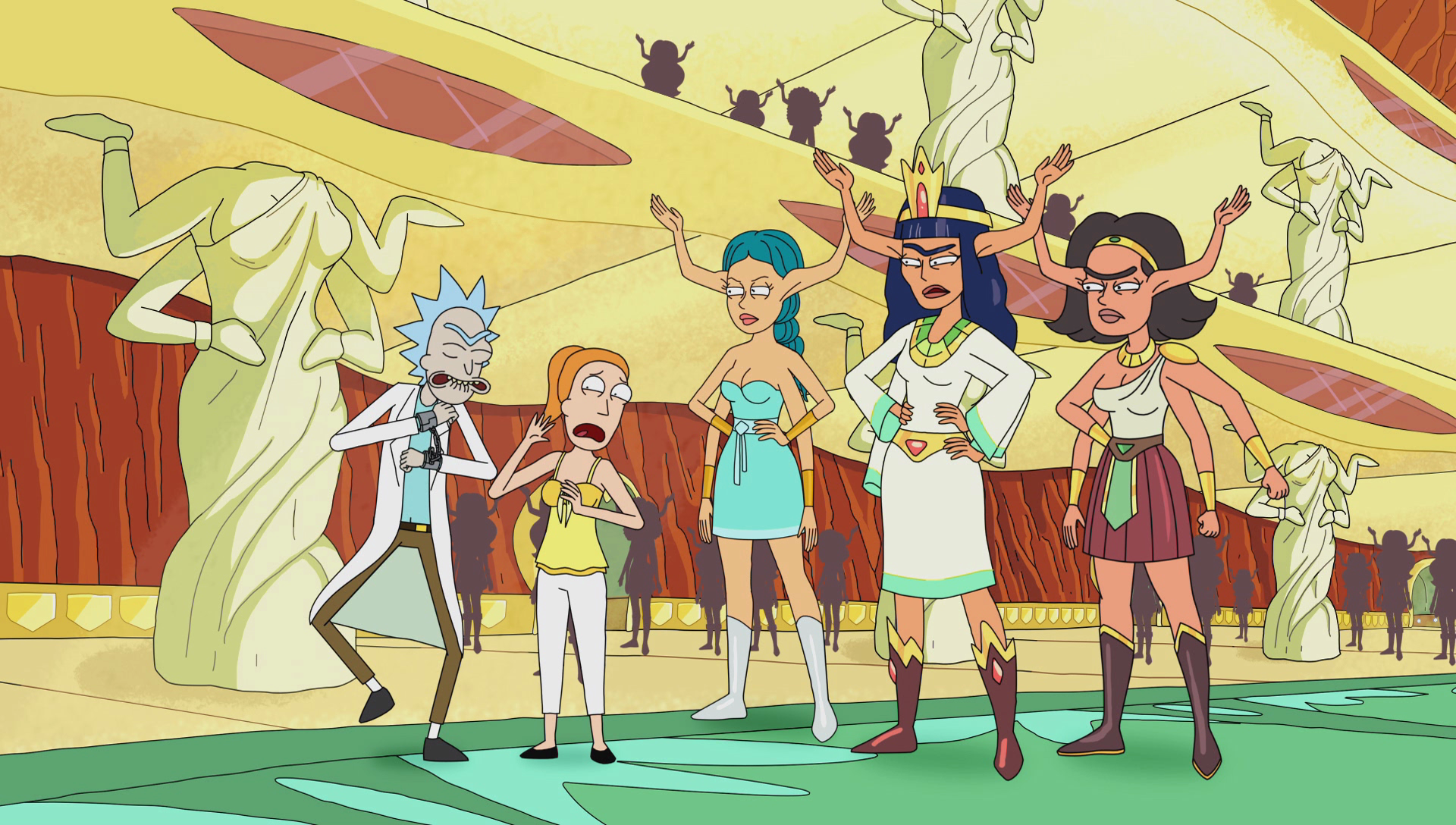
Finally, we’ll look at the episode “The Ricklantis Mixup”. This episode is non-traditional in many aspects – for starters, the main versions of Rick and Morty only appear in the beginning and end credits for this episode. Furthermore, there are several plot lines in the episode, all of which satirize wildly different aspects of society, but in this case, we’ll just focus on one plot line. Most of the episode takes place in an interdimensional haven for Ricks and Mortys across the multiverse, known as ‘The Citadel’. In this society, even though every single individual is the same person, just from different dimensions, there is staggering social and political inequality. Furthermore, due to the dynamic between all Ricks and Mortys, Mortys are viewed as incapable of taking responsibility on a larger scale and are often relegated to lower societal positions.
The episode begins by introducing us to a candidate for the upcoming presidential elections, who happens to be a Morty. This Morty is treated as a joke by the other Rick candidates, with even the host of the presidential debates displaying clear bias against the Morty. The parallel to the plight of African Americans in politics is obvious here, although in real life the bias isn’t always displayed as clearly. African Americans often find it challenging to get the same positions, payment, and benefits that other members of American society take for granted, even though said African Americans have the same abilities as everyone else. In the end, the Morty candidate wins a historic victory (a clear reference to former President Obama’s own presidential victory), but then, in a surprising turn of events, proceeds to turn the entire Citadel into a dictatorship by weeding out opposition and assassinating the old Rick elites. The animated format is particularly effective in this satire because of the idea of using the same character for every single individual within the Citadel. In live action, it’d be almost impossible to create so many different versions of the same character that still are distinguishable as one individual. However, in animation, and particularly this episode, it’s as easy as Ctrl-C Ctrl-V. The ease with which it is possible to create scenes and effects such as this in animation is another reason why it is so effective as a medium for satire, since satire relies on the idea of relatability and creating a story that can apply to many individuals.
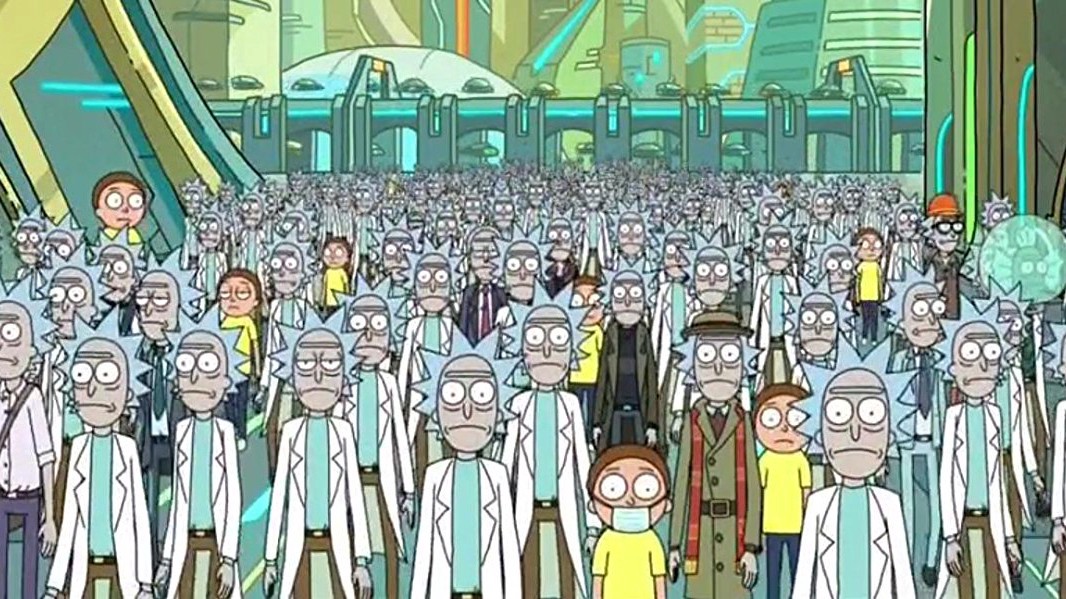
So clearly, animation is an effective medium for communicating satire. But what does this imply for the future of them both in the modern world?
Putting aside satire for a second, we can focus on the growing popularity of animation as a medium in general. Animation has increasingly become the preferred form of communication for thoughtful social commentary. (Evershed, 2021) The recent rise in popularity of animation can be seen as the natural progression of other forms of media in recent history, such as comics and slap-stick television humor and skits; for example, indie cartoons served as continuation of underground magazines from the counterculture age of the late 1960’s and 1970’s.
Animation is also (generally) an easier form of media to produce than live action works, which allowed for the democratization of media creation. Cultural products are mediated by the medium through which it is produced; animation embodies this to its limit. Animated shows satirize by using an inventory of cultural references, dissociated descriptions, and self-reflexivity. (Cubitt, 2017) Furthermore, because of a trend of “a growing ‘click culture,’ the aesthetic and industrial practices of comedy that are both creating and created by television networks’ expansion online, increased user-control of television content, and the integration of that content into social networking practices” (Marx et. al.), animation is fast becoming the medium of the future.
For satire in particular, adult animation (at least in the United States) uses mundane realism to explore the contradictions of contemporary American life. (Cubitt, 2017) South Park introduced satire through vulgarity and toilet humor. Archer's satire is deliberately vague in topic and locality, which improves its satirical effect. Non-sequitur humor is also easier to use in the medium of animation, such as the common trope of a cutaway to an unrelated topic, which is very prevalent in Family Guy. (Hughey and Muradi, 2009).
Animation also offers unique opportunities for intertextuality and inter-show references. (Anton, 2016) Characters from one show can be drawn in the style of another show, or simply shoved in as is, and thus used to satirize and/or mock both shows and the audience simultaneously. One good example of this is a clip of The Simpsons featuring Rick and Morty, which simultaneously makes fun of aspects of both shows.
In all this, we find that animation's satirical value stems from real-world influences; therefore, it’s logical to question how far animation can stray from realism before it loses its satirical effect. (Mazurkewich, 1994) What's the optimal point between reality and fantasy moving forward? I believe that this question will be the primary driving force behind whether animation can succeed as a medium for satire or not in the future, but I have high hopes that it can.
On May 18, 2024 Nicole Chen wrote:
does this work
On Aug. 22, 2024 boxboi wrote:
erm wat the sigma